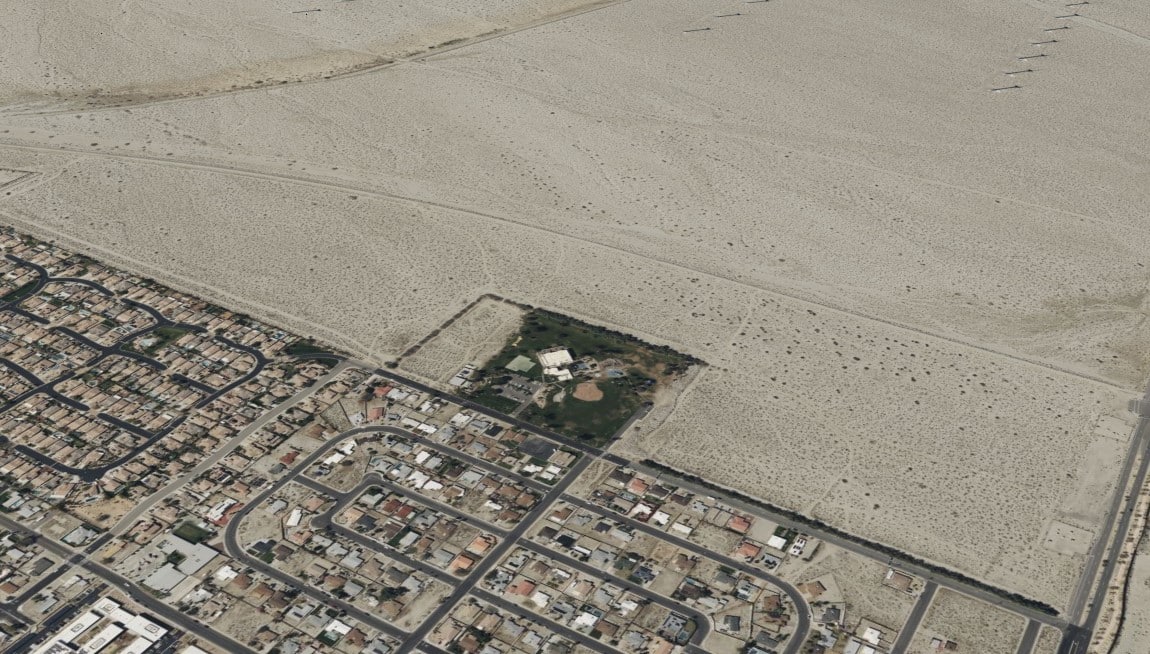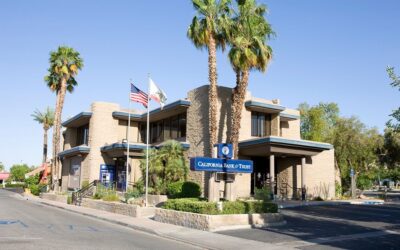The Palm Springs City Council has set its sights on redefining the future of the city’s northern end, a move that includes revising the strategic plan for an area that once held significant educational aspirations. This area encompasses a historically Black neighborhood and 119 acres of vacant land that were initially earmarked for a College of the Desert (COD) campus. The decision marks the first revision to the plan since its approval in 2011.
The city’s decision to undertake this endeavor stems from a desire to address key issues such as quality and affordable housing, economic development, and improved amenities, particularly in lower-income neighborhoods. The revised plan aims to create a vision and framework that are responsive to residents’ needs, encompassing zoning rules, development standards, and transportation considerations to enhance walkability and alternative transportation modes.
The area under consideration spans from Indian Canyon Drive to the east, the Whitewater Wash to the north, Palm Canyon Drive to the west, and San Rafael Drive to the south. It includes residential communities like Desert Highland Gateway Estates, Palm Springs Villas II, and Mountain Gate, as well as the vacant COD-owned land and an industrial area that houses the city’s homeless navigation center.
The original 2011 plan was centered around the proposed COD campus, which never materialized due in part to a partnership dissolution between COD and Southern California Edison tied to a sustainable energy project on site. With a revised vision, the city aims to determine new possibilities for the 119-acre site and enhance the entire area’s appeal to residents and the broader city community.
To facilitate community engagement, the city has enlisted the expertise of Terra Nova Planning & Research Inc. The planning process will involve forming an advisory committee of local leaders and gathering input through surveys, workshops, and other means to ensure diverse perspectives are considered.
The revised plan, expected to be completed by mid-2025, will be instrumental in guiding future development and land use in the area. It will also play a crucial role in determining the fate of the COD-owned land, which remains subject to a deed restriction requiring it to be used for educational purposes. Despite interest from developers, including an offer from Watermark Homes to build housing, the deed restriction remains a significant factor in determining the site’s future.
In addition to housing, the city sees potential for commercial development in the area. Mayor Jeffrey Bernstein emphasized the importance of striking a balance between residential and commercial projects to meet the community’s needs effectively.
Overall, the city’s initiative to revamp the north end represents a significant step towards creating a more vibrant, inclusive, and sustainable future for Palm Springs. By reimagining its development plans, the city is poised to address longstanding community needs and pave the way for a more prosperous and equitable future for all residents.




